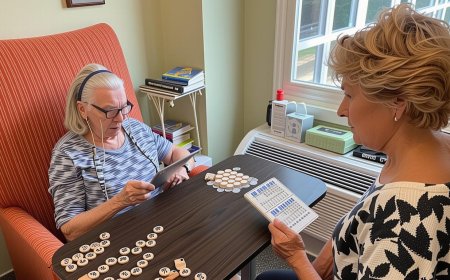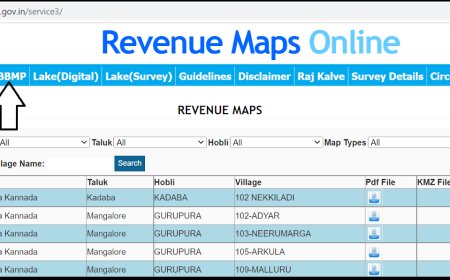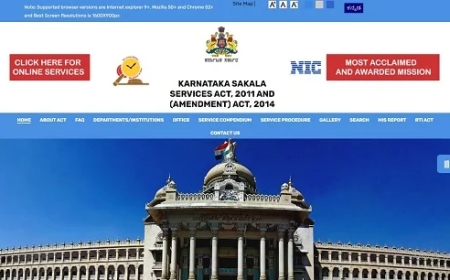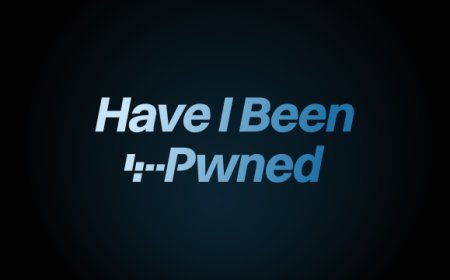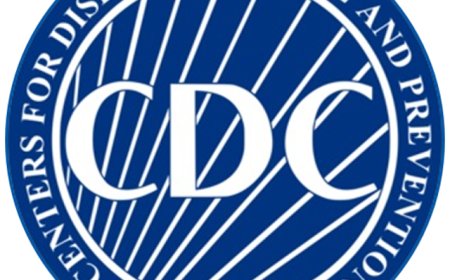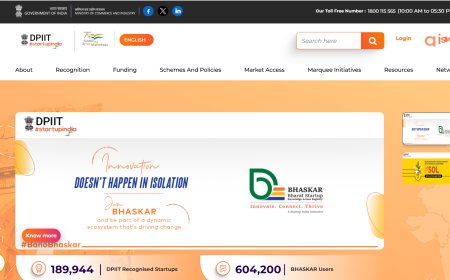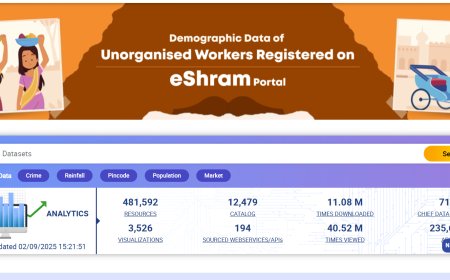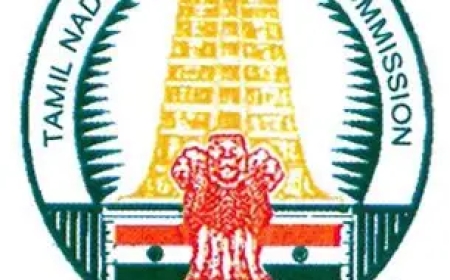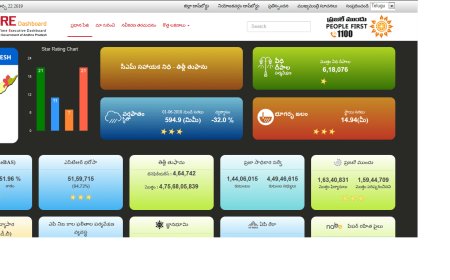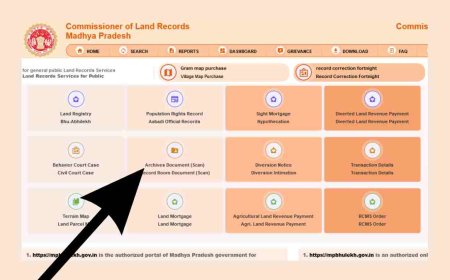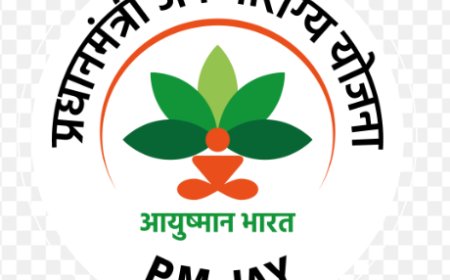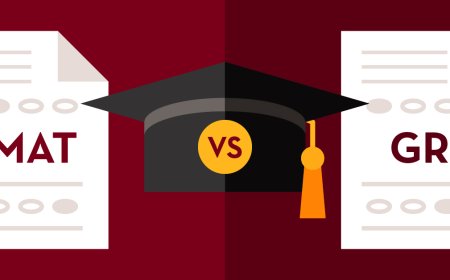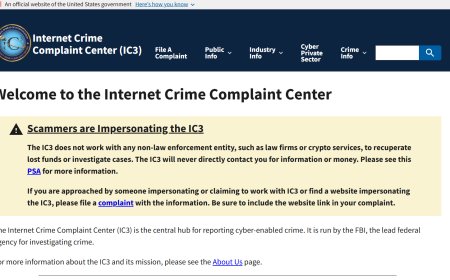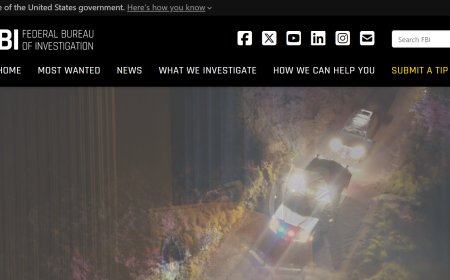Protect Yourself from Identity Theft
Learn how to protect yourself from identity theft with practical tips and resources provided by IdentityTheft.gov.

A Comprehensive Guide to Protecting Yourself from Identity Theft
Introduction
In an increasingly digital world, identity theft has become a significant concern for individuals and businesses alike. The risk of having personal information stolen and misused can lead to financial loss and reputational damage. Thankfully, resources like IdentityTheft.gov offer guidance and tools to help protect yourself from such threats.
Understanding Identity Theft
Identity theft occurs when someone unlawfully obtains and uses another person's personal data, typically for financial gain. Common forms of identity theft include credit card fraud, tax-related fraud, and medical identity theft. Understanding these types and how they happen is crucial in safeguarding your information.
Common Methods Used by Identity Thieves
Identity thieves employ various tactics to steal personal information. These methods include:
- Phishing: Fraudulent emails or messages that appear legitimate to trick individuals into disclosing personal information.
- Hacking: Unauthorized access to personal computers, smartphones, or networks to steal sensitive data.
- Skimming: Using devices to capture card information during legitimate transactions.
Steps to Protect Yourself
Preventing identity theft requires vigilance and taking proactive measures. Here are some key steps you can take:
Monitor Your Accounts Regularly
Regularly checking your bank and credit card statements can help you spot unauthorized transactions quickly. Many financial institutions offer alerts for suspicious activity.
Use Strong, Unique Passwords
Creating robust passwords and changing them frequently is vital. Consider using a password manager to keep track of your credentials securely.
Keep Personal Information Secure
Safeguard sensitive documents like social security cards and passports. Shred any paperwork containing personal information before disposal.
Be Cautious Online
Always verify the authenticity of websites and avoid sharing personal information on unsecured sites. Use secure connections, especially when accessing financial accounts.
Utilizing IdentityTheft.gov
Should you find yourself a victim of identity theft, IdentityTheft.gov provides a comprehensive recovery plan. This government resource offers step-by-step guidance tailored to your specific situation, helping you to report the theft and recover your identity.
Conclusion
Identity theft poses a significant risk, but with the right knowledge and tools, you can protect yourself effectively. By implementing the preventative measures outlined and utilizing resources like IdentityTheft.gov, you can safeguard your personal information against potential threats.
References
IdentityTheft.gov. (n.d.). Retrieved from https://www.identitytheft.gov
What's Your Reaction?
 Like
0
Like
0
 Dislike
0
Dislike
0
 Love
0
Love
0
 Funny
0
Funny
0
 Angry
0
Angry
0
 Sad
0
Sad
0
 Wow
0
Wow
0



